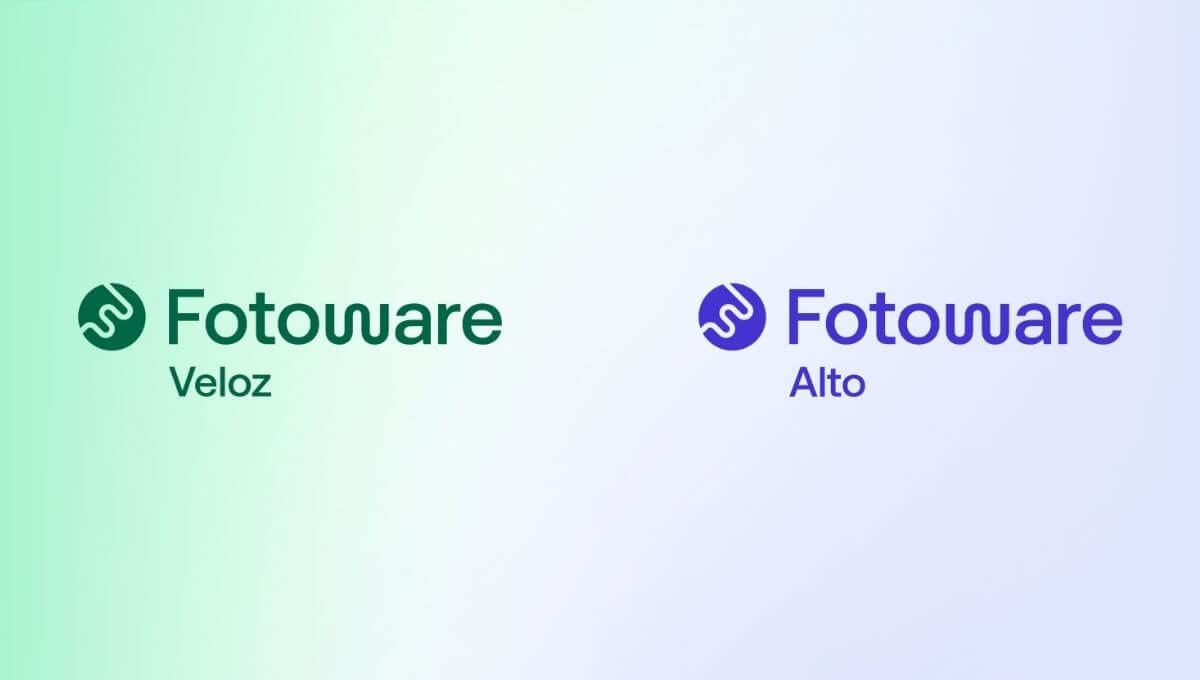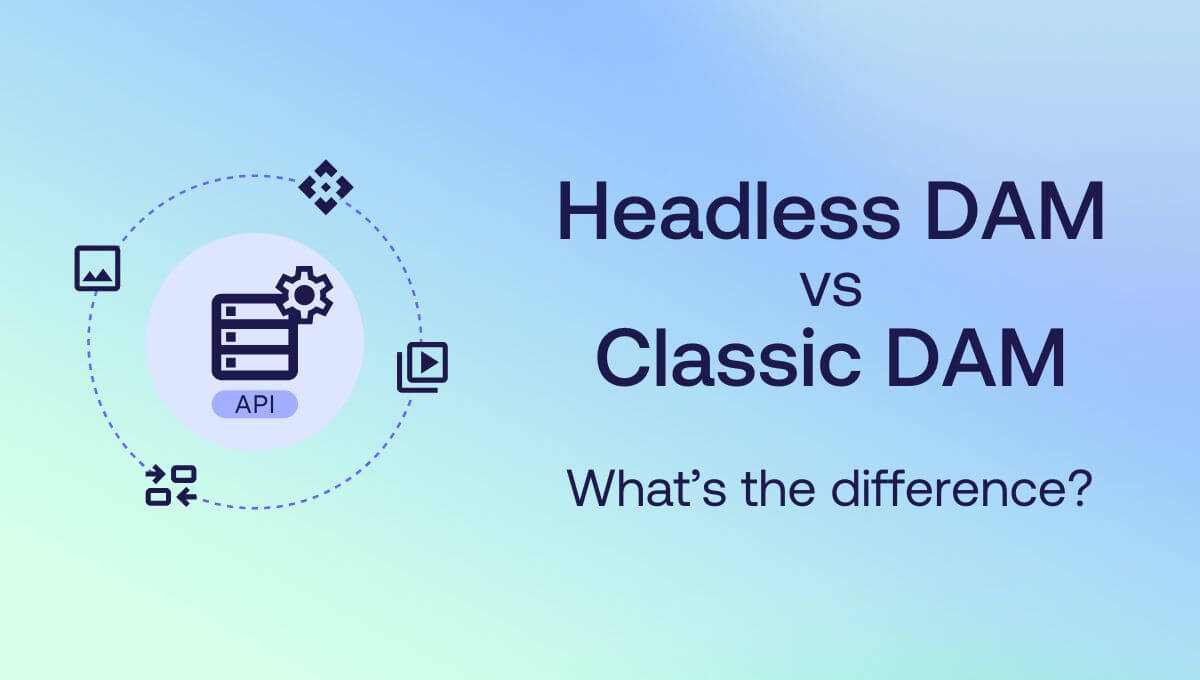
Cover photo by Christin Hume on Unsplash.
What can a DAM API do
APIs are revolutionizing how businesses manage digital assets, enabling seamless integration of their DAM system with multiple platforms. In this article, we’ll explore how DAM APIs work and the significant benefits they bring.
The importance of APIs continues to be on the rise: In the 2023 State of the API Report, 92% of respondents say their investments into APIs will grow or stay the same. Which is an up of 3 percent points from the year before, indicating a strong upwards trend.
What does that mean?
Modern users expect to have a seamless experience across all their digital products and platforms. And this is the task APIs delivers on.
Read on to learn what an API is and how it relates to your Digital Asset Management (DAM) system.
What is an API?
API stands for Application Programming Interface. You can think of it as a number of “connectors”. APIs make it possible to connect one product or service with another, so they can exchange information.
Another way to think about an API is as an interpreter that helps two systems understand each other.
An example you may be familiar with is what happens when you sign into a website with your social media account: The website then uses an API to ‘talk’ to the social media platform, validate your credentials and log you in.
Without an API, communicating and exchanging this information may still be possible. However, it would require much more time and effort of a developer to write such code.
This brings us to one of the benefits of APIs: They help to easily improve existing products by creating integrations and building a digital ecosystem. By using APIs, a developer doesn’t need to understand the inner workings of the system they are connecting to. This speeds up the development time and, ultimately, saves costs.
It is important to know about API release policies:
- Private API (open only for internal use within the organization that developed it)
- API for partners (available for business partners of the organization)
- Public or external API (open for everyone)
The API can also be free or paid. Let’s go back to the previous example of signing in to a website using a social media account. Big social media platforms, such as Twitter, provide a public and free API. This means that every developer can use these APIs to connect their product to Twitter.
APIs for Digital Asset Management Systems
Now you might be wondering how APIs can be applied to a DAM system such as Fotoware. And do you need it?
A Fotoware DAM system functions well out-of-the-box, as it is.
However, with the addition of the API, you can greatly extend the functionality of your Fotoware and, ultimately, get a better return on investment.
Example: Microsoft Office plugin
Let’s take a simple example.
The Microsoft Office Plugin for Fotoware enables you to use assets from Fotoware directly within Microsoft PowerPoint or Word via a side panel.
This is possible because the Office plugins use APIs that connect two systems — Fotoware and Microsoft Office. As we now know, API “translates” the communication between the DAM and Office.
For the Microsoft Office Plugin you don’t need to write a single line of code to use it with Fotoware. Thus, it can be considered an out-of-the-box solution.
What if I need a customized connection?
Let’s take another example.
Let’s say you are using Fotoware to store and manage all your media files. If you also have a CMS (Content Management System), it makes sense to integrate Fotoware with it.
This way, when writing content in your CMS, you can easily search, find, and insert pictures, graphics and artwork from the Fotoware system directly into the CMS. This means you always have access to your collection of media files.
Read more: 3 benefits of integrating DAM and CMS
Integrating your CMS using the Fotoware API is easy
Our customer GASAG Gruppe did exactly this. The developers used the Fotoware API to connect it to Sitecore, a popular CMS system to improve their content workflows.
An API is a powerful tool to help integrate your DAM with other business systems and create new, exciting innovations.
Want to learn more?
Talk to one of our experts to discover how we can streamline your organization's content workflows.


